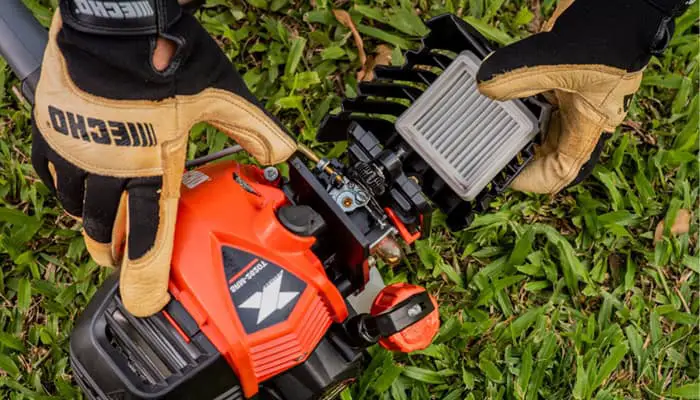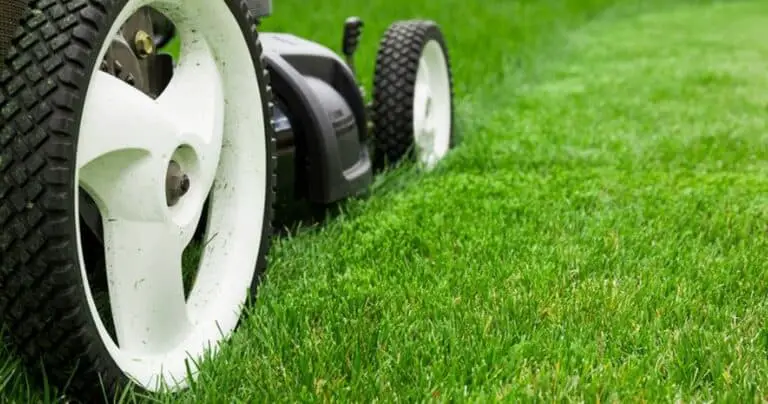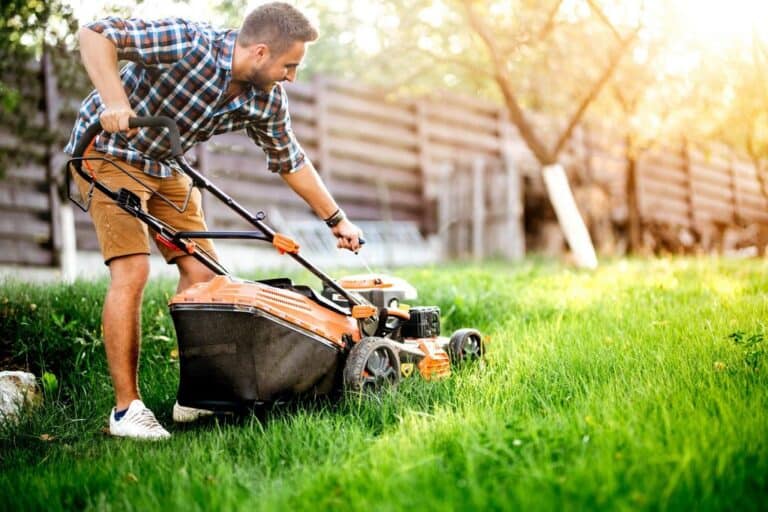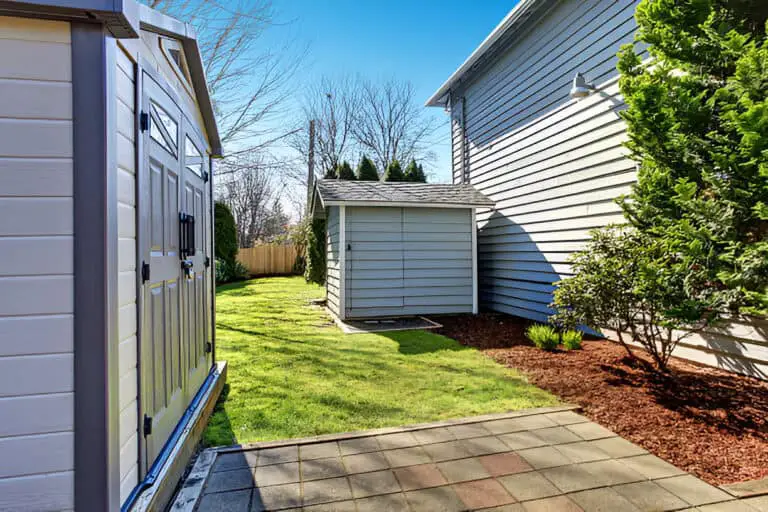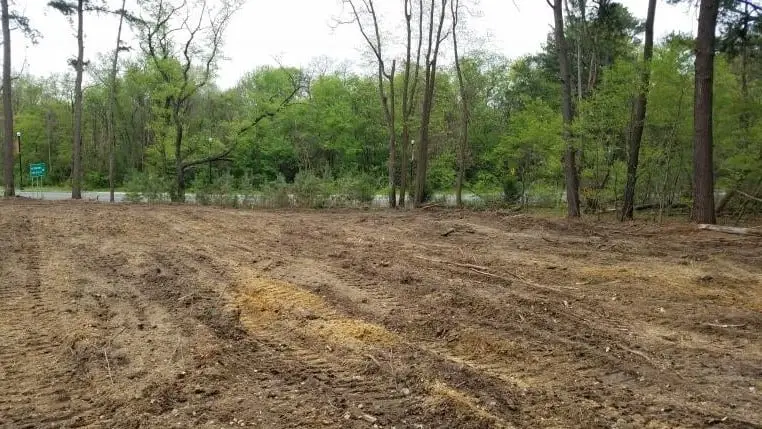7 Effective Alternatives to Landscape Fabric Pins for Your Garden
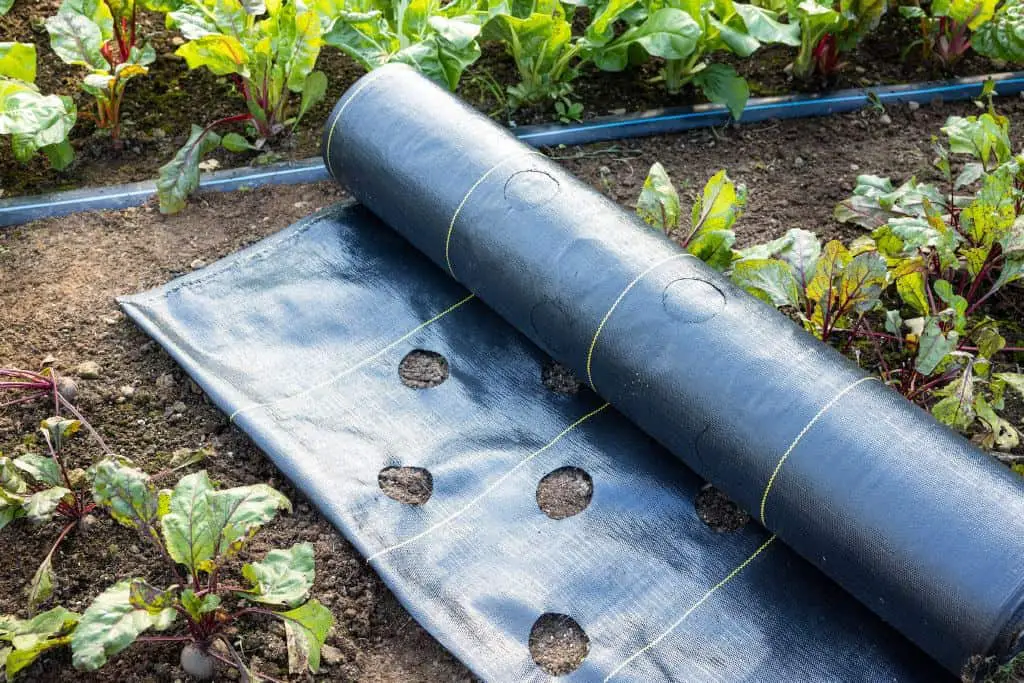
Are you tired of struggling with landscape fabric pins that just don’t hold up? If so, you’re not alone. Many gardeners face the challenge of securing their landscape fabric. They do so without using flimsy pins, which often fail.
In this article, we’ll explore good alternatives to landscape fabric pins. They can provide a more reliable and durable solution for your garden. Discovering these new options will keep your garden neat. They will also save time and effort.
Why You Need Landscape Fabric Pins for Your Garden
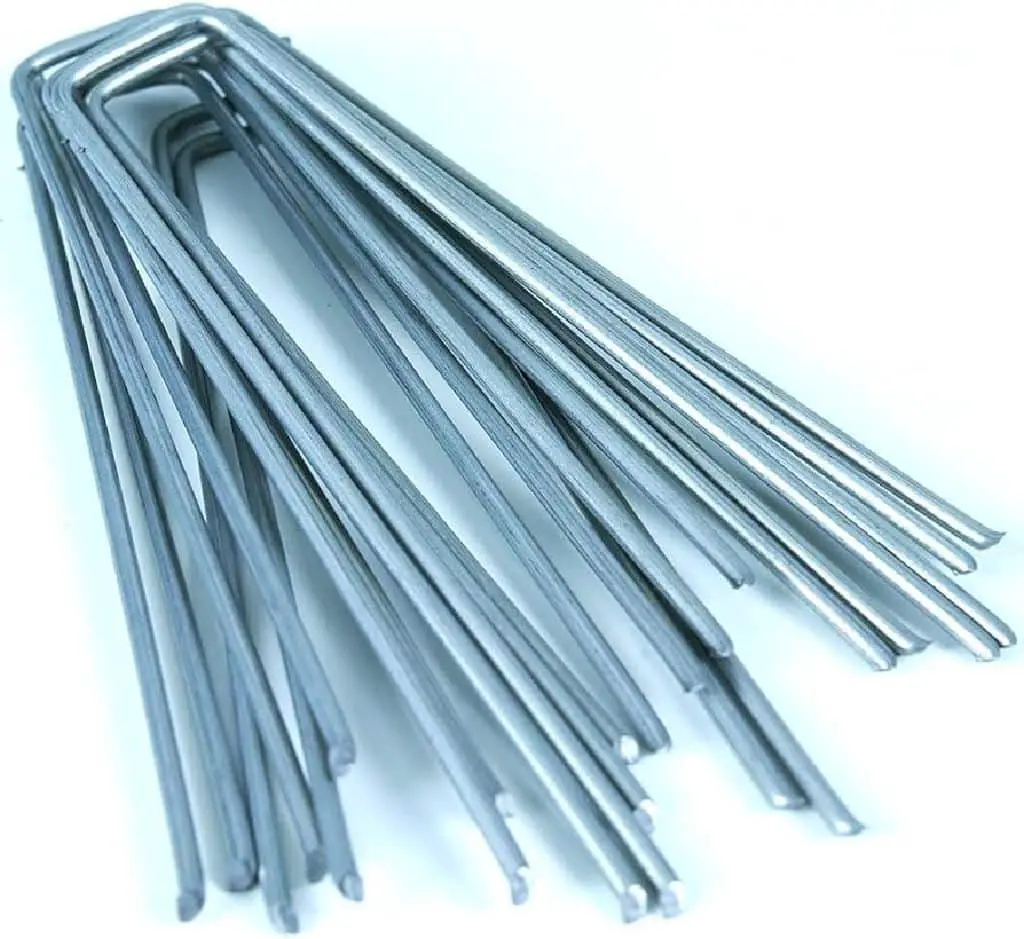
Landscape fabric is a staple in many gardens, used to control weeds and promote healthy plant growth. Landscape fabric pins are essential for securing landscape fabric in your garden.
They help keep the fabric in place, preventing it from shifting or being displaced by wind, rain, or foot traffic. Also, fabric pins maintain the fabric’s integrity. They keep it effective at blocking weeds and holding soil moisture.
One of the main benefits of landscape fabric pins is their durability. The pins are made from sturdy materials, like galvanized steel or plastic. They are designed to withstand the elements and support your landscape fabric for a long time. Their sharp ends make it easy to pierce through the fabric and into the ground, anchoring it securely in place.
Another advantage of landscape fabric pins is their ease of use. Simply insert them into the fabric and soil, and they will hold the fabric firmly in place. This makes them a convenient option for gardeners of all skill levels.
The Need for Alternatives
Securing this fabric effectively can be a challenge. Traditional landscape fabric pins, while common, aren’t always the best solution. They can be difficult to insert, may not hold well in all soil types, and can even rust over time.
But, many better options replace landscape fabric pins. They offer more security and durability for your garden. Let’s explore some of these options and how they can benefit your gardening efforts.
Issues with Traditional Pins
Landscape fabric pins, typically made of metal or plastic, are designed to anchor fabric securely to the ground. However, they often fail to perform effectively in various conditions. In rocky or compacted soils, pins can be difficult to insert, and in loose, sandy soils, they may not hold the fabric securely. Additionally, metal pins are prone to rust, which can weaken their hold and damage the fabric over time.
Benefits of Alternatives
Using options to landscape fabric pins can anchor better. They are more durable and easier to install. These options often fit better with different soil and environmental conditions. They help your landscape fabric stay in place and keep protecting your plants from weeds.
10 Effective Alternatives to Landscape Fabric Pins for Your Garden
There are alternatives to landscape fabric. They can stop weeds and erosion well. They are also eco-friendly and cheap. Here are some of the most common alternatives:
1. Garden Staples
Garden staples are a popular alternative to traditional pins. These U-shaped staples are usually made of galvanized steel. They offer a sturdy and rust-resistant option for securing landscape fabric. They are wider and longer. This gives them better grip in various soil types. It ensures the fabric stays anchored, even in wind.
| Feature | Garden Staples |
| Material | Galvanized steel |
| Durability | High |
| Ease of Use | Easy to insert in various soils |
| Rust Resistance | Yes |
2. Rocks and Stones
For a natural and aesthetically pleasing solution, consider using rocks and stones to hold down your landscape fabric. This method is especially effective around garden beds and pathways. Simply place large stones or a series of smaller rocks along the edges of the fabric. This not only secures the fabric but also adds a decorative element to your garden.
3. Wooden Stakes
Wooden stakes are another excellent alternative. They can be easily driven into the ground and are particularly useful for larger garden projects. You can use untreated wood for a biodegradable option or treated wood for longer-lasting durability. Stakes provide strong anchoring. They can be used with other methods like garden staples or rocks for more security.
4. Soil Staples
Soil staples, similar to garden staples but longer, are designed for deeper penetration into the soil. This makes them ideal for securing fabric in loose or sandy soils where traditional pins might fail. Made from heavy-duty steel, they offer excellent durability and rust resistance.
5. Rebar Anchors
For extremely secure anchoring, rebar anchors are a top choice. Rebar is a steel reinforcing bar used in construction. It can be cut into short lengths and driven into the ground. This holds landscape fabric firmly in place. This method is highly effective in areas with strong winds or heavy foot traffic.
6. Bark Mulch
Bark mulch is a popular alternative to landscape fabric. It helps keep moisture and regulate soil temperature while also providing nutrients as it decomposes. However, it should not contain dyes that can harm soil microorganisms.
7. Pine Needles, Leaves & Lawn Waste
Pine needles, leaves, and grass clippings are biodegradable. You can use them as a mulch to stop erosion and keep soil moist. They also add nitrogen to the soil.
These options offer many benefits. They are eco-friendly and provide nutrients to the soil. They can be used individually or in combination to achieve effective weed control and erosion prevention.
8. Edging in plastic
Using plastic border instead of landscape cloth pins is a common choice. Plastic edge acts as a wall to keep your things in place and stop them from moving. It’s simple to put in place and gives your gardening job a clean, finished look.
9. Mats made of rubber mulch
You can also use rubber mulch mats to hold down garden materials without using pins. You put these mats on top of the fabric to keep it in place and protect it even more from weeds and soil damage. They are simple to put in place and can be cut to fit your gardening needs.
10 Bricks That Fit Together
As an option, you could use stackable bricks to hold your landscape fabrics in place. You can place these bricks along the edges of the fabric to make a stylish border that won’t move. Interlocking bricks are strong and last a long time, so you can trust them to keep your things safe.
Maintaining Your Anchoring System
Regular Inspections
Regularly inspect your anchoring system to ensure it remains effective. Check for any signs of rust, loosening, or displacement, especially after heavy rains or strong winds. Replace any damaged anchors promptly to maintain the integrity of your landscape fabric.
Adjustments and Replacements
Over time, conditions and activities can shift or weaken some anchors. Adjust the position of rocks, re-hammer stakes, or add additional staples as needed to keep the fabric securely in place. Replacing worn-out or rusted anchors will help. It will extend the life of your fabric.
Combining Methods
In some cases, combining multiple anchoring methods can provide the best results. For example, using garden staples with rocks or wooden stakes can offer better stability. They also add durability. Try different combinations. Find the best one for your garden.
Conclusion
Securing landscape fabric effectively is crucial for maintaining a weed-free and well-organized garden. While traditional landscape fabric pins are commonly used, they are not always the most reliable option.
You can explore alternatives. These include garden staples, rocks, wooden stakes, soil staples, and rebar anchors. They can provide better and more durable solutions. Consider soil type, environmental conditions, and looks. You can use this to choose the best anchoring method for your garden.
Proper installation and regular maintenance of your chosen anchors will keep your fabric in place. This will protect your plants and keep your garden beautiful for years.

